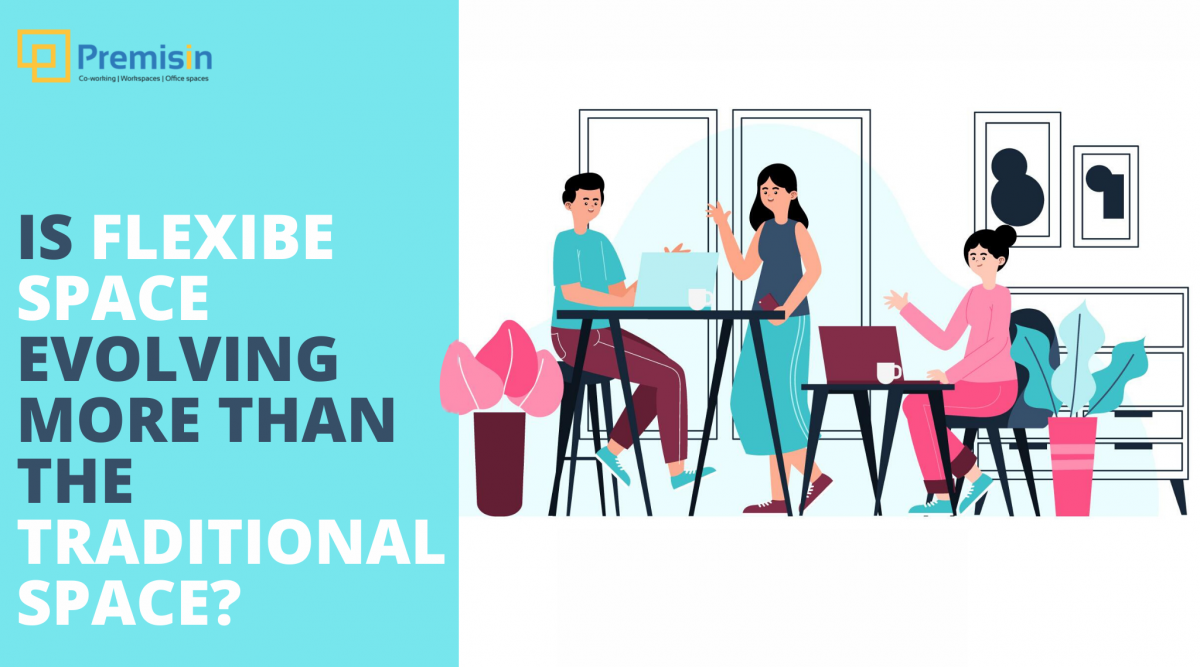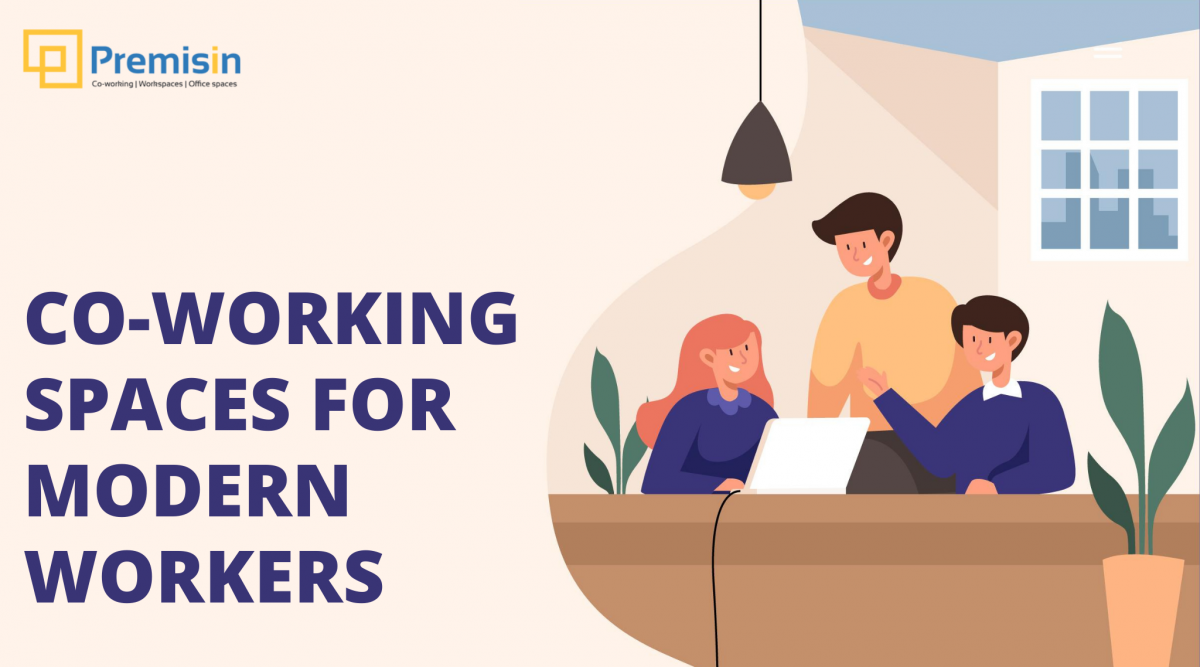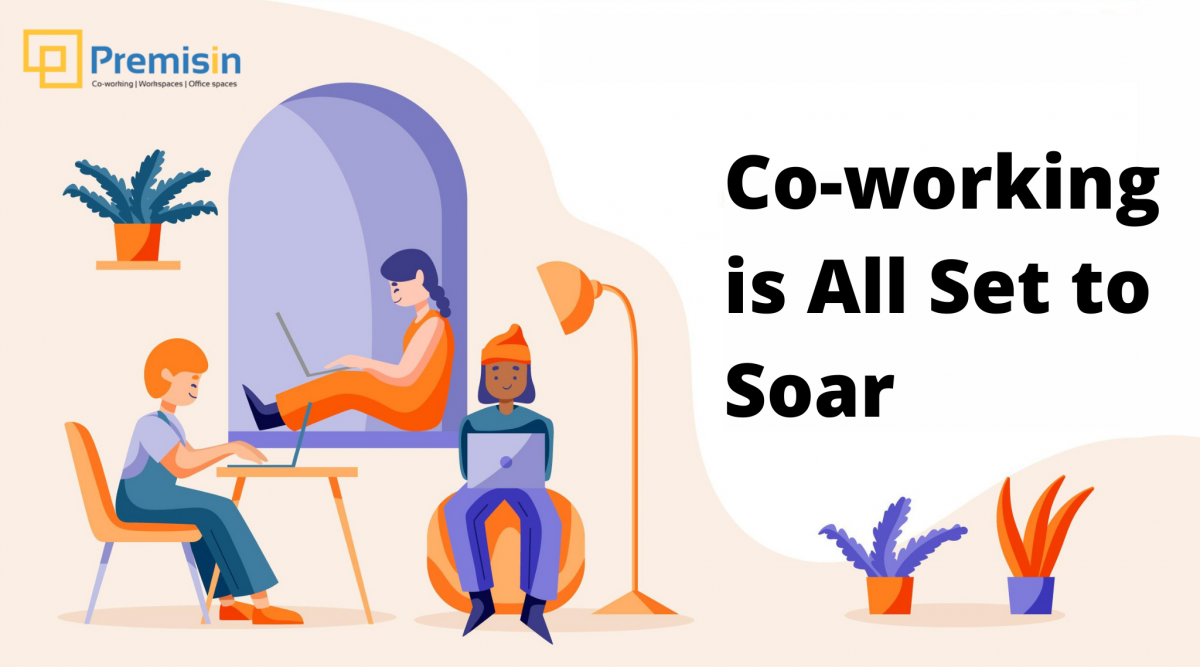Employee demographics is the main driving force behind changing the workplace. The newer generations have different requirements and expectations from a company, and companies seeking to retain talent have started to change their workplace strategy for them.
“The amenities race has penetrated office environments, so much so that it’s now commonplace to see offices with perks ranging from additional amenities like Wi-Fi, air conditioning, housekeeping, electricity back up, printer etc.
But it’s not just changing demographics powering this change, it’s also important to note evolving work models. Working hours and locations have become flexible; professionals are no longer required to be in any specific place and time in order to work. This means that a company’s office needs and requirements need to change and evolve along with modern work models.
To attract and retain the best talent, flexibility is key. But flexibility is also key in order to keep a company agile and resilient. Flexible workspaces are making company portfolios agile; to a certain extent, it’s these types of workspaces that are enabling change in the business world.
Flexible workspaces are enabling companies to move fast, to keep up with emerging needs and trends. More importantly, they’re doing this while at the same time representing cost savings for companies. Change, and the ability to embrace and adapt to it quickly, can lead to growth.
And while many companies see the benefit of moving into a flexible workspace when they don’t have a dedicated team (companies can save countless hours and budget by letting flexible workspace operators secure their furniture and take care of the layout), flexible workspace solutions can also benefit companies with dedicated teams and extensive portfolios. Also, flexible space boosts productivity because the space make employees feel motivated and energized to work.



